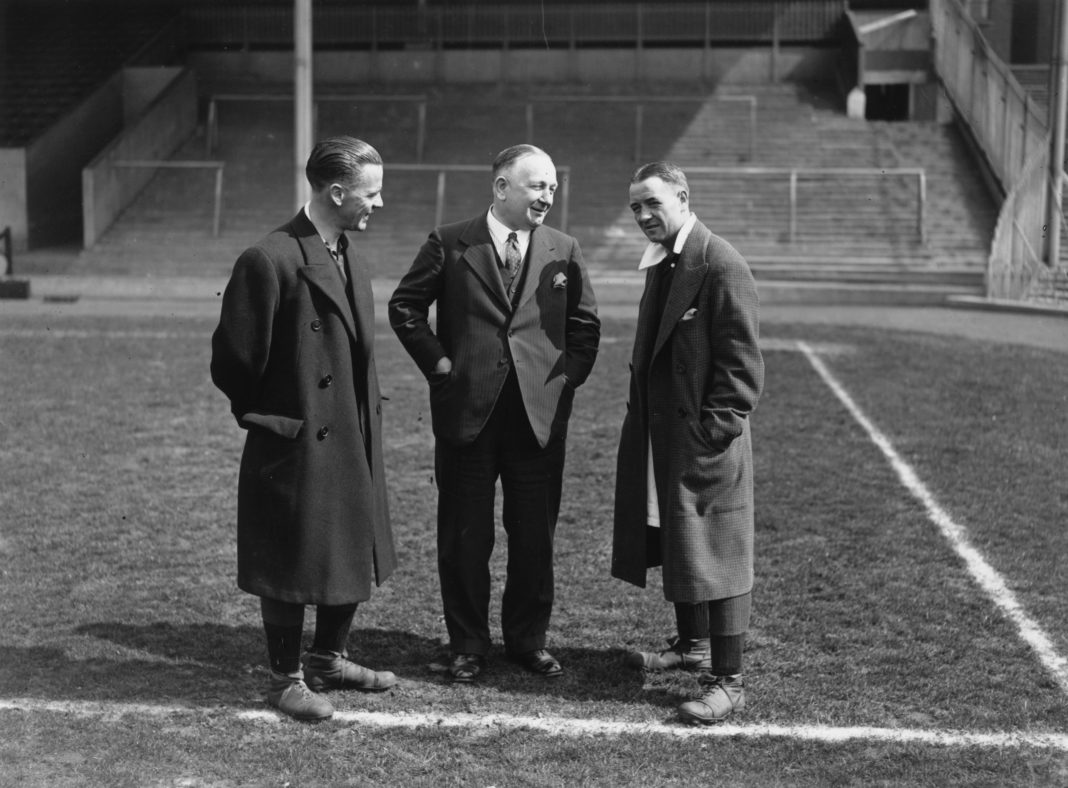From humble beginnings: the birth of Arsenal Football Club
In the annals of English football, few stories resonate quite like the birth and ascent of Arsenal Football Club. The club’s beginnings were as humble as they come, yet they’re imbued with a rich tapestry of hard work, aspiration, and community spirit leading to the club that now, according to BetOnIt.org. is one of the favourites for the Premier League title.
A club born of workers
It was 1886. The setting wasn’t the grand stadiums we’re accustomed to now, but rather the munition-filled workshops of the Royal Arsenal in Woolwich, South-East London. A group of workers, hungry for camaraderie and sporting competition outside the grinding monotony of their work, decided to form a football team. Dial Square, as they initially named themselves after a sundial atop the entrance of the arsenal, played their first match against Eastern Wanderers that same year, signalling the birth of a football legacy.
The Woolwich pioneers
Under the name Dial Square, they played only a single match. Soon after, they adopted a name more representative of their origins: Royal Arsenal. They became Woolwich Arsenal after turning professional in 1891. Their rise was steady, marked by resilience and determination. They were admitted to the Football League in 1893, an illustrious achievement for such a young club.
However, being located in Woolwich presented challenges. The remoteness of the location hindered matchday attendances, a crucial income source. This adversity sowed the seeds of change and was the first test of the club’s resolve.
The Highbury era begins
The solution was a bold move northward to Highbury in North London in 1913, a relocation that proved pivotal. With it, ‘Woolwich’ was dropped from the club’s name, and the legendary Arsenal Football Club came into its own. This move wasn’t without controversy. Many viewed the club’s election to the top tier of English football in 1919, despite not finishing at the top of the second division the previous season, with scepticism.
Yet, Arsenal took their chance and began their journey to becoming one of the most successful clubs in English football history. The 1930s were particularly prosperous, as they dominated English football under the guidance of Herbert Chapman, one of the game’s earliest tactical innovators.
A legacy carved
From a group of workers in Woolwich to one of the most globally recognised football entities, Arsenal’s journey is a testament to vision, resilience, and the indomitable spirit of football.
It’s a story of a club that rose from the munitions workshops of South-East London to etch its name in golden letters in the annals of footballing lore.

